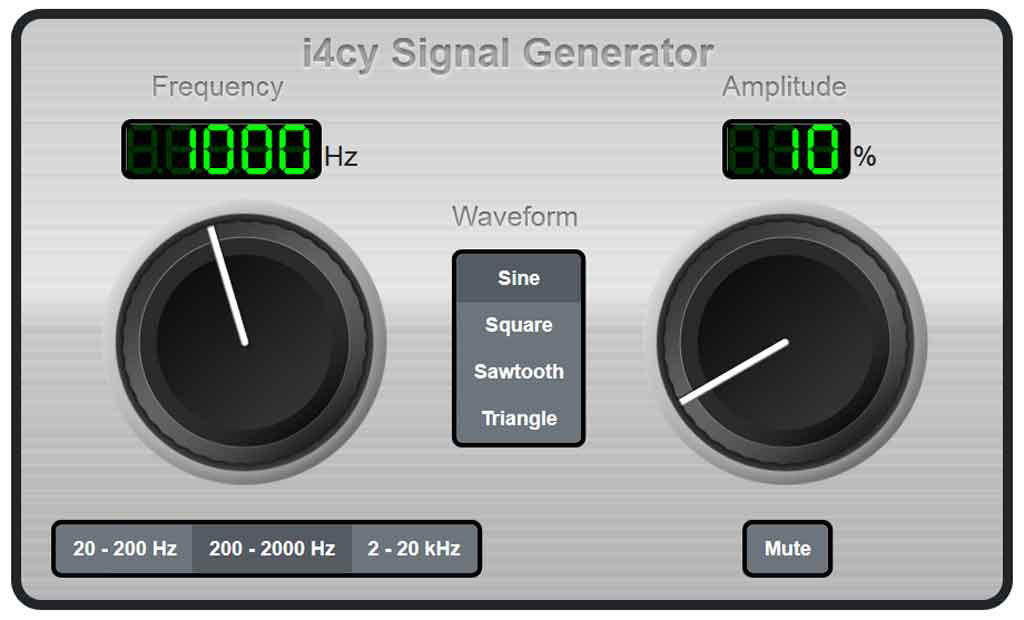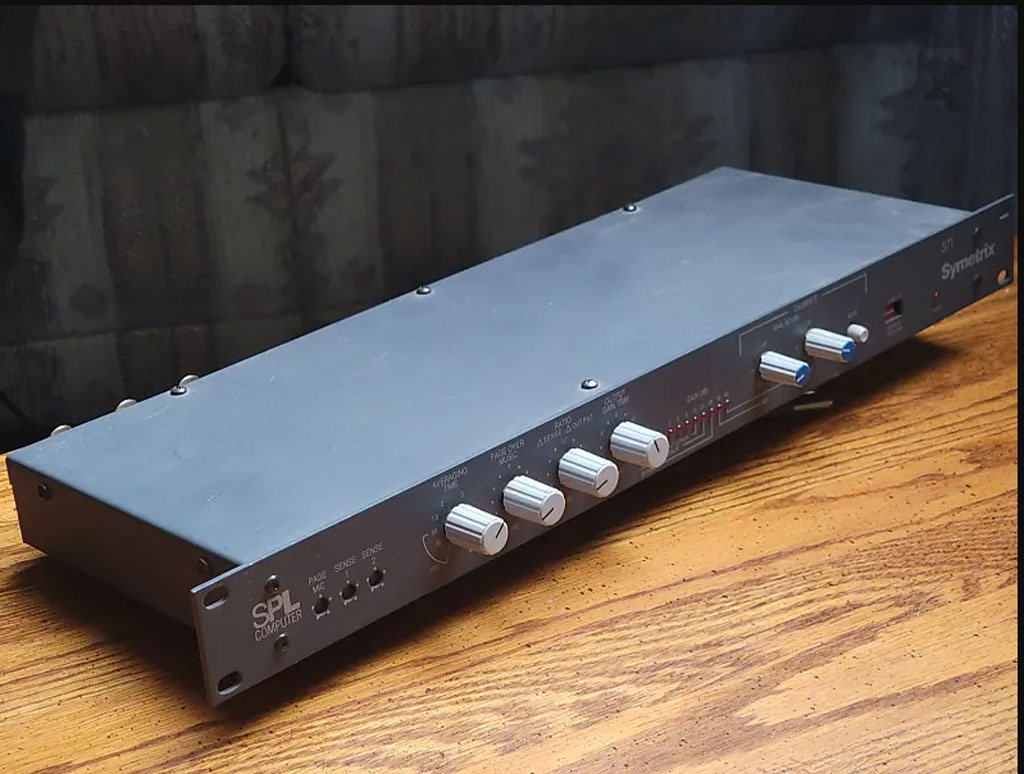THE GAFFA TAPES
23 Nov 2023
Here’s your problem

Subscribe to CX E-News
Snippets from the archives of a bygone era
Graham Linehan’s brilliant television series, The IT Crowd, coined the comedic catchphrase, “Have you tried turning it off and on again?” This quick fix to resolve technical issues wasn’t that far removed from a number of problem-solving remedies I utilised during my stint in audiovisual management. Often, presentations would come to a halt, and the presenters would blame what they primitively referred to as “the technicals”. These glitches were commonplace and were mostly due to human error. So, after being summoned to a room or an auditorium and only having to press one button on a laptop to resurrect a failed presentation, it was not unusual to hear bouts of laughter coming from attendees.
I’ve tried to stay out of the spotlight in management positions, compensating for this unobtrusive behaviour with a passion for problem-solving, which is a kind of Johny-on-the-spot OCD. I’ve never been elevated to any great level of notoriety, and I’m at ease with the anonymity, which is a strange apprehension, especially for those of us who started out as musicians and were touted to strive for fame and fortune. However, being in the public eye doesn’t come without its problems.
In November 1995, while checking in at the Sydney Qantas terminal, I noticed the check-in officer tipping off a woman in front of me about a celebrity at the adjacent counter. I strained to recognise the somewhat bedraggled passenger as the woman petitioned him with pen and paper for an autograph. Then, a charge of adrenaline assailed my stomach as I realised it was George Harrison, who hurriedly scribbled something and then scurried off.

The woman then showed me the autograph, announcing disappointedly, “It’s not him!”
Because of the similarity to Harrison’s name, I suspected an alias. I can’t remember the actual name that he signed, but I do remember it being something like ‘Geoff Henderson’. “That was George Harrison,” I insisted, and the check-in officer who had seen Harrison’s passport confirmed his identity. I was later to learn that Harrison, a motor racing enthusiast, had been in Adelaide to attend the Formula 1 Grand Prix.
The airport experience drove home the vexations experienced by someone constantly in the limelight, and I take solace in being a nonentity who can occasionally tweak a knob or press a button for my 15 minutes of fame. Of course, my obsession is not restricted to any single industry. In fact, I carry full recovery gear in my 4WD, which has never been used for my own rescue but instead has been used to drag countless vehicles out of bogged sand or to jump-start vehicles with flat batteries during my beach fishing expeditions.
In 1985, bitter rivalry broke out between a nightclub where I was employed and my previous nightclub, and I had even been summoned to a municipal trial court in the Philippines by my former employer, who was contesting one of my band contracts. In the midst of this turmoil, I received a message from the American manager asking for help because he was experiencing uncontrollable feedback from the sound system, and it was only minutes from opening time.
I will never forget the sight of the entire staff standing statue-like with frozen faces as I entered the nightclub. The atmosphere was so icy that stalactites could have formed on the ceiling at any time. Jim, the manager, first assured me that my former alcoholic employer, whom I had reluctantly exchanged blows with to defend myself only months before, was not expected on the premises that evening. Jim then demonstrated what he interpreted as feedback; however, it was the 1kHz test tone button that had been inadvertently depressed. Many people questioned why I would bother to resolve a rival nightclub’s problems, not realising that problem-solving was an obsession.

While the one-button press or the ‘turn off and on’ procedure doesn’t always resolve the problem, there are other quick fixes that seldom require much technical expertise.
In particular, tracing the signal can often be a simple remedy for fault-finding in an audio system. This was the scenario when I was called out to the temporary premises of Sydney’s Star Casino, which opened at Pyrmont in 1995, to troubleshoot a major audio problem. The installation was done by an independent installer with audio equipment supplied by my employer, Audio Telex. Upon arrival, I remember wading through a sea of disgruntled, suited executives. I guessed that our equipment had been unfairly blamed for the failure.
It has always amused me that people who seek help in the face of some oversight often want to advise you as to how to rectify the problem. And so, as the installer was directing me to where he thought the problem was, I asked him where his amplifier stacks were. Pointing to a large cover panel, he said, “Don’t worry about that. I’ll show you where the problem is.” But despite his resistance, I eventually persuaded him to unscrew the panel covering the banks of amplifiers. Here was a 100-volt line distributed speaker system wrongly wired to the low impedance output of every amplifier.

“Just move all the speaker wires over to the 100V line terminals, and you’ll be ok.” The system was firing in a matter of minutes, and the disgruntled executives were now smiling.
“Would you like a drink?” “You bet!”
In the 90s, I was called to a shopping plaza in Castlecrag, Sydney, where a very competent installer couldn’t understand why he had differing audio levels contradictory to the levels he had set in the various zones of the complex. He was using Symetrix 571 ambient noise sensing automatic level controllers, which were also referred to as SPL computers. I loved these little one-rack units and had enjoyed testing audio levels at other plazas with a decibel meter and then setting the Symetrix SPL computers to adjust the levels for the ambient noise level changes. For instance, when the food court filled at lunchtime, the sensing microphone would adjust the speakers to a level above the ambient noise.

The installer opened up the equipment room, and it was like entering the set of a Doctor Who television series. Along with banks of Symetrix SPL computers, there were also PCs, monitors, and other paraphernalia with blinking lights and audio beeps. A fellow employee that accompanied me on the call-out instantly froze, and he uttered the immortal phrase, “Let’s get out of here!”
The Symetrix units seemed to be doing their job, and a walk around the plaza brought to light the fact that the audio was diminishing at a linear level in the respective zones. Given that each zone was powered by a different amplifier, here was a good place to start the investigation. In fact, the installer had paralleled the preamplifier output to all the amps. This is not necessarily an error in some configurations, but I suspected that this may have caused an impedance mismatch. A telephone call to our designer confirmed this, and I recall that some 600-ohm transformers rectified the problem, which was identified by simply tracing the signal.
When my kids were in primary school, I was a volunteer, mostly producing their concerts and doing some troubleshooting. I was called out to investigate why some of the speakers on the 100V Line system weren’t working. I traced the fault to where a horn speaker was mounted high on the school’s outdoor metal sunshade canopy. I climbed an extension ladder to find that the figure 8 speaker wire had been chewed through, and also staring menacingly at me was the possum that had chewed through it. “Yep, here’s your problem!”

A member of the school’s office staff was also a member of the Wildlife Rescue Organisation, but she didn’t like heights. The repair of the speaker lead was simple, but I was a little anxious when I was issued a pair of gloves and given the task of capturing the nasty, growling little offender, who really didn’t appreciate the attention. Unexplainably, this prodigious repair and rescue mission, which was added to my résumé, never seemed to impress potential employers.
Subscribe
Published monthly since 1991, our famous AV industry magazine is free for download or pay for print. Subscribers also receive CX News, our free weekly email with the latest industry news and jobs.




